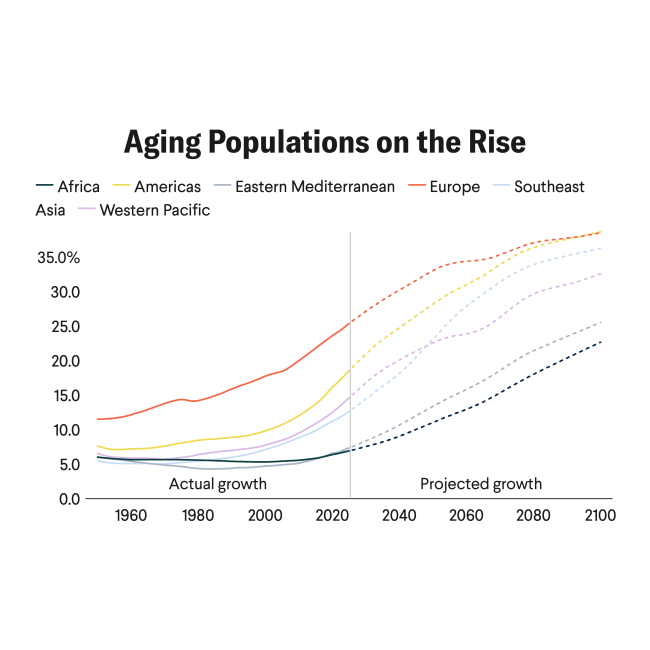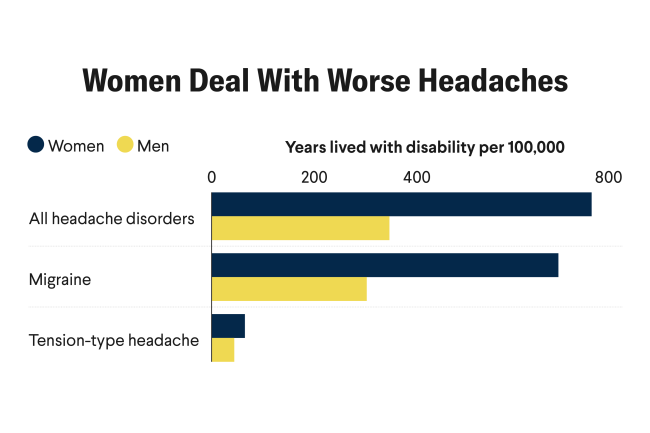In May, South Korean President Yoon Suk Yeol announced plans to establish a government ministry that would address a growing "national emergency"—the notoriously low number of births.
Responding to the exorbitant cost of housing, schooling, and long working hours, Yoon pledged to boost parental leave allowances, lengthen time off for fathers, institute flexible employment schedules, and lighten the educational hardship on parents.
The decision followed the release of data, in February, that South Korea has the world's lowest fertility rate—the average number of children a woman will have during her reproductive life. For 2022, Statistics Korea reported a rate of 0.78—or 78 babies for every 100 women. This figure dropped to 0.72 in 2023, and earlier projections estimated a steeper drop—down to 0.68—for 2024.
Not accounting for immigration, countries depend on a fertility rate of 2.1 to sustain a stable number of inhabitants—a pace three times higher than the fertility projection for this year in South Korea.
"The concern with the prolonged very low fertility rate is the aging population, who may not have sufficient resources to care for them as the active labor force shrinks," says Megan Huchko, an obstetrician-gynecologist and director of the Center for Global Reproductive Health at Duke University in Durham, North Carolina.
Why South Korea's Birth Rate Is So Low
Huchko believes that various factors are driving the record-low rate. Among them is the competitive workforce, combined with the largest gender pay gap in the 38 countries that belong to the Organization for Economic Cooperation and Development. South Korean women reportedly decide against having children on the basis of not only the pay disparities at work, but also the country's notoriously long workweek, the difficulty in finding affordable housing, especially in Seoul, and a decrease in the marriage rate. The long workday in many South Korean jobs poses a barrier to juggling parenting with employment.
South Korea's Falling Fertility Rate
Long workdays, low wages, and dwindling marriage rates are some of the constraints on childbearing
"There are some relatively unique constraints on childbearing" in South Korea, says Jennifer Sciubba, president and chief executive officer of the Population Reference Bureau in Washington, DC, a nonprofit focused on improving global well-being through evidence-based policies. For instance, she notes, "education is prohibitively expensive, which disincentivizes having large families."
Although South Korea offers parental leave, Sciubba says few men and women take advantage of it because of employers' expectations in a pressurized work culture. Few births occur out of wedlock, she adds, so the declining marriage rate depresses childbearing.
Some commentators tie South Korea's birthing trends to a radical feminist movement, believed to trace its origins to 2019. Proponents of the 4B (or Four Nos) movement reject four traditional norms—dating men, pursuing marriage, engaging in sex with men, and having children. The movement has amassed about 3,400 members on Naver, the most popular online forum in South Korea.
Births are also trending downward in other developed nations, including the United States, where the fertility rate decreased to 1.62 babies per woman in 2023, a 2% decline from 2022. That's another historic low, according to provisional data released in April by the Centers for Disease Control and Prevention's National Center for Health Statistics.
However, "South Korea's fertility rate is the lowest on the planet. That alone is enough to spark anyone's curiosity," says Hugo Jales, an associate professor of economics at Syracuse University in New York state who published an article in December 2021 in the Journal of Asian Economics about South Korea's baby bonus program. In examining the fertility effects of this pronatalist policy, Jales and his coauthor found that more than 74% of the program's disbursements were for births that would have been expected even without monetary enticement.
A Pronatalist Push
After abolishing antifertility policies in the late 1970s, South Korea did not implement any pronatalist polices until the new millennium, Wookun Kim, an assistant professor of economics at Southern Methodist University in Dallas, tells Think Global Health. In 2001, local governments in South Korea began fostering a pronatalist cash transfer policy aimed at families with newborn babies.
By 2012, such local policies became "ubiquitous," says Kim, who was born in South Korea. They were promoted heavily, raising awareness through public announcements, street posters, fliers, and mailings, Kim notes in an upcoming research paper in the Journal of Human Resources.

Then, in 2024, the South Korean government planned to "expand childbirth incentives, paternity leave benefits and housing welfare programs for families with newborns, as part of broader efforts, to boost the country's falling birth rate," according to the Korea Times.
Officials expected the monthly payment to increase to 1 million won ($770) for households with an infant under 1 year old, and half of that to those with babies between 1 and 2.
"Most people are not on the fence about having a (or another) child. Thus, to get someone who would otherwise choose not to have children to change their behavior will take large incentives," Jales tells TGH. "The baby bonus's original values were certainly far from changing most families' fertility choices."
So far, paid childcare leave subsidies for working mothers have "increased conception and decreased contraception—an important mechanism for manipulating fertility," according to a 2022 report on South Korea published in the Review of Economics of the Household. As a result, the authors concluded that "paid childcare leave for working women confers some positive benefits."
Many other countries have implemented pronatalist policies "to mitigate the adverse effect of aging," the report notes. These policies, which have become more common globally—and also exist in Canada, Hungary, Japan, Poland, and the United States—offer benefits such as increases in maternity leave, child tax credits, and childcare subsidies. UN data indicated that 28% of nations had pronatalist policies in 2015, almost double the 15% that did in 2001.
Pronatalist Pushback
Although pronatalist policies may appear supportive of women and couples, they're intended solely to produce children without providing adequate long-term assistance, says Sarah Barnes, director of the maternal health initiative at the Wilson Center, a Washington, DC–based think tank chartered by Congress. "Research shows that the impact is short lived and ultimately does not tend to increase the number of children a woman has, but may impact the timing of when she has a child or children," she says.
Another drawback stems from a tendency to design pronatalist strategies without seeking women's input, says Heather Barr, associate women's rights director at Human Rights Watch, a New York-based international nongovernmental organization. Short-term financial incentives appear unlikely to make a broad impact on people's decision-making relative to major lifelong issues such as the possibility of continuing working and a partner's participation in childcare.
Policies focused on gender equality and improving women's lives with education and employment would fare better than pronatalist efforts
Sarah Barnes
"It is striking that fertility rates seem especially low in countries where women have relatively strong access to education, employment opportunities (although there are major gender inequalities in the workplace), and contraception, but continue to face very deep levels of gender inequality," says Barr. This includes caregiving expectations and discriminatory treatment of mothers.
The gender gap for unpaid care work is much higher in South Korea than in many other nations, with women reportedly devoting an average of 54 minutes per day to unpaid care of children or the elderly, but men only 17.
Compounding the conundrum further is a low fertility rate coupled with one of the world's longest life expectancies (83.8 years). As a result, maintaining the same level of retirement benefits per worker will cost the government much more than it did in previous generations, says Jales.
Other consequences abound from an inadequate supply of young workers. These adults account for a significant source of new business creation, leading to more jobs, whereas an aging workforce results in a less dynamic economy, he says.
Policies focused on gender equality and improving women's lives with education and employment—and ones that move beyond reproductive capabilities—would fare better than pronatalist efforts, says Barnes. Measures to assist couples opting to have children could include flexible work schedules, inclusion of men in discussions about fertility, and financial help that extends past pregnancy and early childhood.
Barnes suggests that governments in general also could make a difference by funding fertility treatments. "While fertility rates are a significant driver of population demographics," she says, "a renewed focus on the positives of immigration to support a nation's workforce and to care for an aging society is another possibility."
It took decades for fertility to decline to an extreme low in South Korea, so reversing this trend likely will require a long-term commitment, Kim remarks. He adds that the country's policies should aim to reduce the costs of living and childrearing, improve the quality and accessibility of childcare services, and promote a work environment in which women and men with or without kids enjoy equal opportunities.













